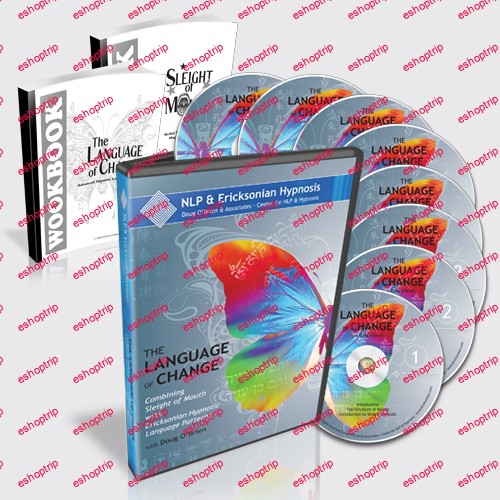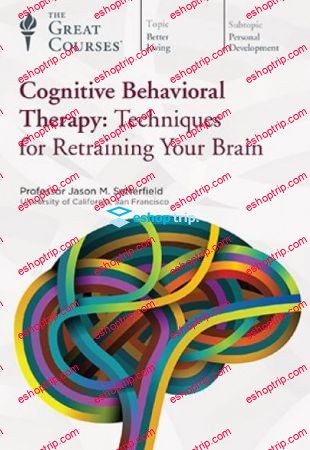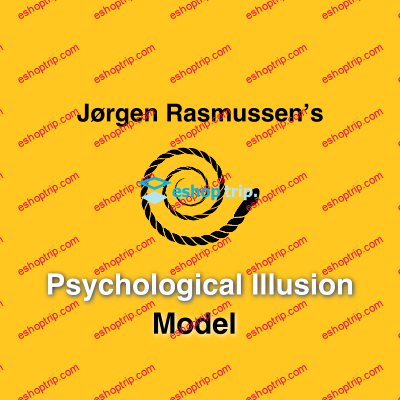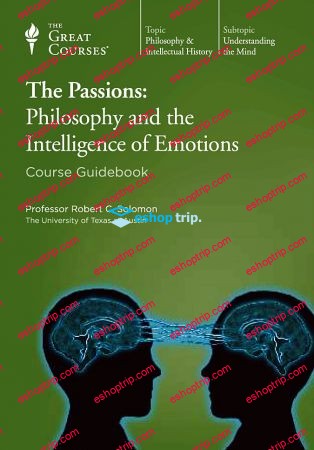Language: English | Size: 3.75 GB | Duration: 2h 56m
An Introduction to Eye Movement Desensitisation and Reprocessing (EMDR) and the Neuropsychology of PTSD
What you’ll learn
The EMDR Model and Protocol
The Bilateral Stimulation Eye Movement Technique of EMDR
Main theories about how EMDR works
The causes, diagnosis and symptoms of PTSD
The relationship between PTSD and EMDR
The Role of Memories in PTSD
How the Brain Creates Memories from Traumatic Experiences
How EMDR Reprocesses Traumatic Memories
Requirements
Have an interest in trauma and the brain.
Description
EMDR (Eye Movement Desensitization and Reprocessing) has grown faster than any other form of psychotherapy.
It has helped hundreds of thousands of people reduce the intensity of their distress.
EMDR was originally developed to treat Post-Traumatic Disorder (PTSD).
Then therapists and patients found that it is often effective in alleviating the symptoms of many other psychological conditions and challenges.
Today the infamous Eye Movement Technique is often synthesized with mindfulness practices to create a transformative form of meditation that can reduce stress, induce relaxation, and help cultivate a state of clarity creativity.
EMDR has also remained controversial since its first discovery, because despite numerous theories, nobody knows exactly how or why it works.
This course provides a concise yet comprehensive insight into all aspects of EMDR and its applications, and includes videos for use in your own meditation practice.
Please note that the course:
Does not provide therapy for those with PTSD
Does not provide a clinical training in the application or administering of EMDR
Who this course is for:
The course is for anyone seeking a comprehensive understanding of EMDR.











Reviews
There are no reviews yet.